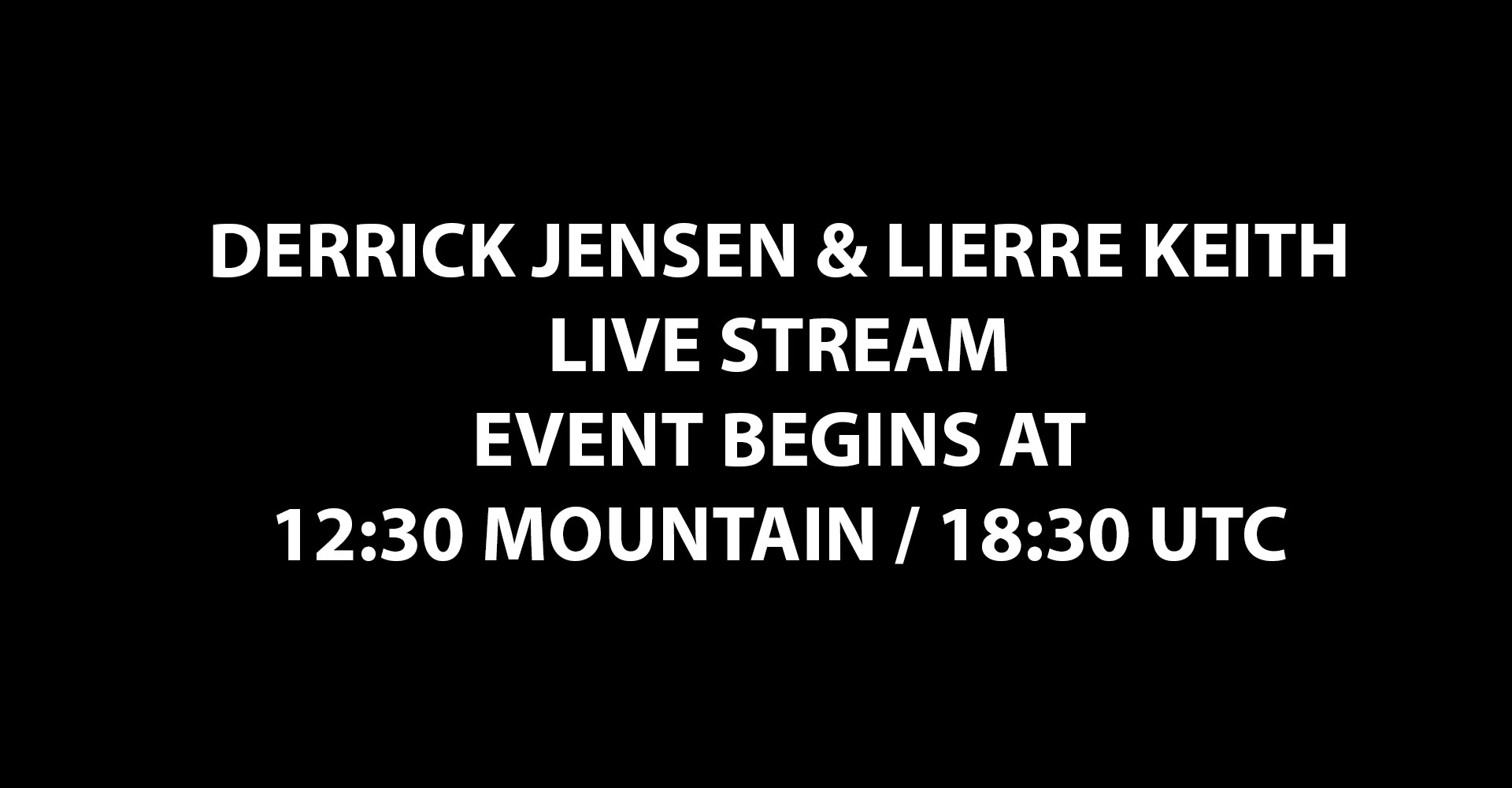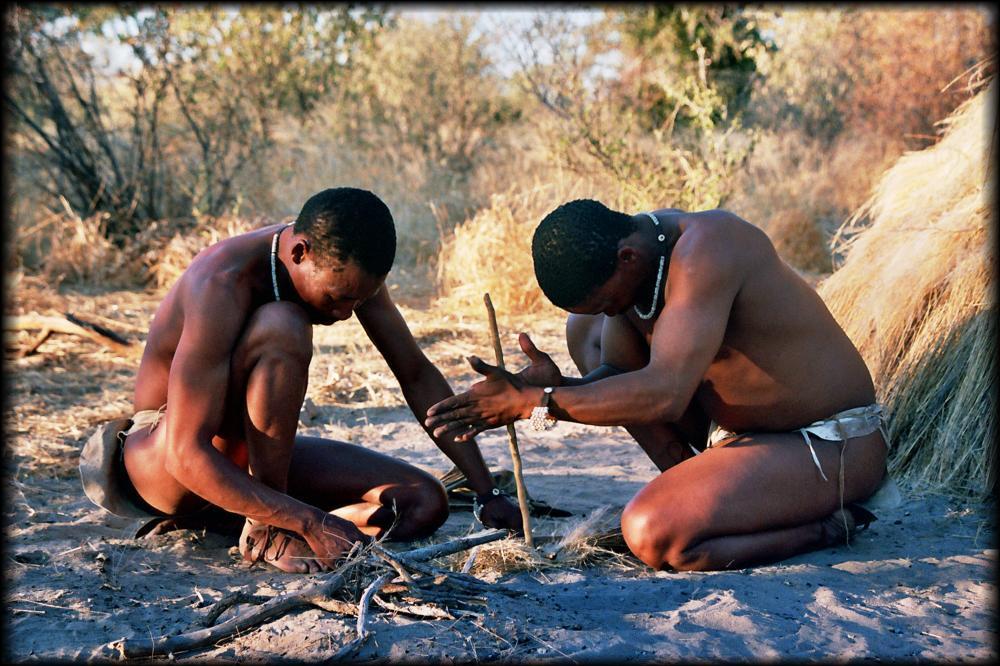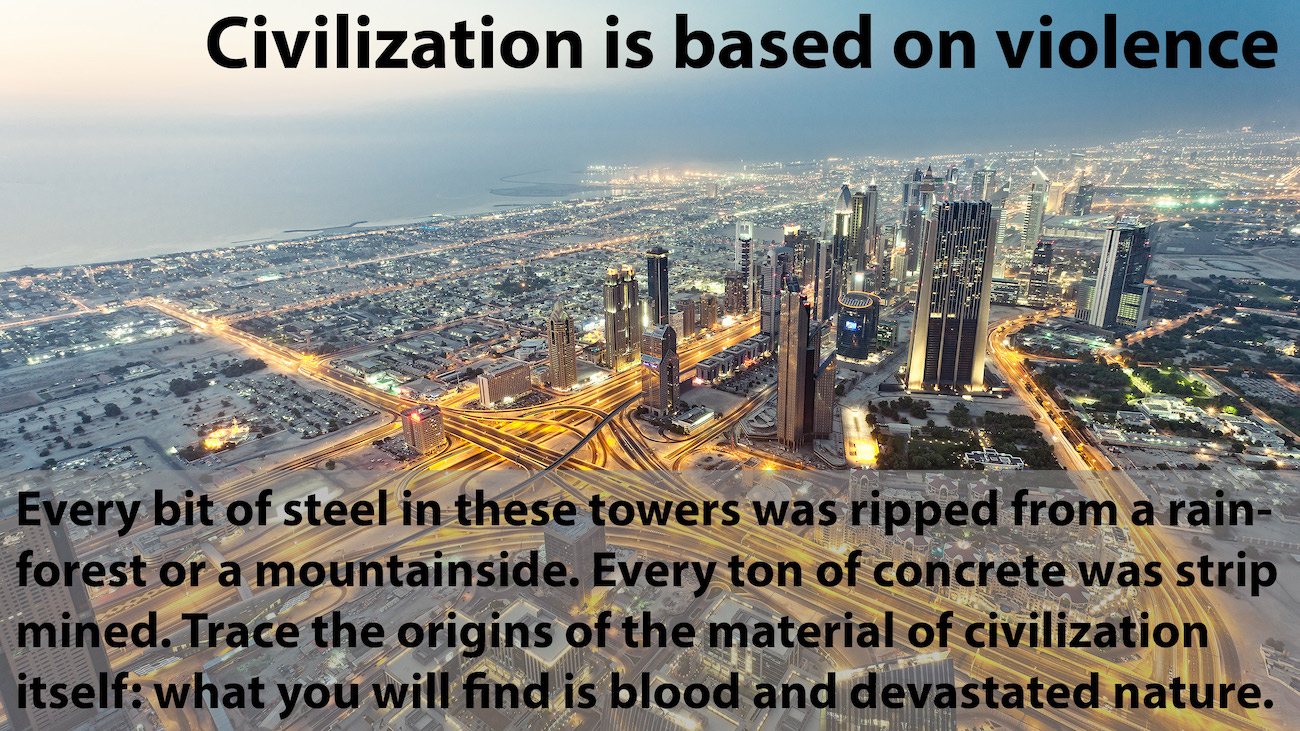
Radical Dreamwork
By Rebecca Wildbear
Cottonwood trees shaded the little river, while the rising sun brightened the blue sky and lit up the expansive slopes of the Sonoran Desert, dotted with prickly pear, saguaro, and cholla cactuses. I was in Aravaipa Canyon, a gorge in the Pinal Mountains of Southern Arizona, where I would prepare thirteen people to be in ceremonial conversation with the land for three days and nights. Aravaipa is an Apache name which means “laughing waters,” and the name fits. The river was brisk and clear as it churned its way around boulders and rippled over gravel bars in a playful, bubbling chorus.
On that first morning in the desert, I’d awakened with a dream.
I see a woman about to be raped. She’s yanked out of the driver’s seat of her car by a man who holds her captive while undoing his pants. A male friend turns to me and asks if he should try to stop it.
“Yes, absolutely!” I respond in haste.
My friend picks up a club that resembles a baseball bat and moves toward the rapist. My stomach knots; what if I’ve just sent my friend into a dangerous situation and he gets killed or hurt? I decide to join him and approach the rapist from behind, while my friend approaches him from the side. As we get closer, the rapist stops, and I feel surprised when he turns around with his hands held up in surrender.
Although our dominant culture marginalizes dreams, we must learn to pay attention to the wisdom and direction they offer. The Tz’utujil Mayan culture elected officials based on the number of villagers who dreamed of that person occupying the position.[1] The dreamwork of the Iroquois preceded the dreamwork of Freud and Jung. The Iroquois knew dreams were sacred and that to ignore them was to invite disaster;[2] they understood that the human soul makes its desires known through dreams.[3] Founder of Dream Tending, Stephen Aizenstat says dreams arise from the “World Dream;” they offer us a glimpse of the desires of the world so we may “act in the world, on behalf of the world…in Archetypal Activism.”[4] When the wisdom of our dreams guides our direct action, we’re able to bring together our visionary and revolutionary natures in a radical dreamwork. With the earth dreaming through us, we’re guided to take the actions that matter most.
Dreams hold a multiplicity of meaning and, like trees, rivers, and birds, each dream element has intelligence; it usually understands more than our waking ego. I guide others to recount their dreams in present tense, inviting them to be in the dream so its visceral impact has an opportunity to arise or burst forth.
On that morning in Aravaipa Canyon, I closed my eyes, returning to the dream about the rape. What was it asking me to experience and how could I steep myself in its mystery? The edgiest part of my dream was asking my friend to risk his life. I felt afraid that he could get hurt or die. I feel similarly when I send questers on a 3-day solo fast. Although I’ve taught them ways to be safe in the backcountry, anything could happen.
On a vision quest, each quester is invited to let go of their identity and listen for a deeper call—in this way, we discover who we really are and how we may serve the world. Questers are invited to undertake a psycho-spiritual death, an initiatory dismemberment, which can lead to a mature adulthood. Such a journey is inherently risky, even beyond the solo days.
Founder of Animas Valley Institute, Bill Plotkin writes that the great crises of our time stem from breakdowns in natural human development. He says that healthy, mature cultures have always emerged from nature: “from the depths of our individual and collective psyches, from the Earth’s imagination acting through us, from the mythic realm of dreams or the Dreamtime, from Soul, from the Soul of the world, from Mystery.” We can’t think our way into maturity; we cultivate our wholeness through allowing the natural world and our dreams to guide us.[5] Yet we can only become whole within a healthy Earth community. So what about the clear-cut forests, drained wetlands, and plowed prairies?
As mountains are mined, rivers are dammed and poisoned, and hundreds more species become extinct each day, my heart breaks at our human failure to protect our nonhuman relatives on whom we depend; they’re dying because they depend on us too. As the oceans fill with plastic, the ice melts, and greenhouse gas emissions grow higher each year, I feel the rape of the Earth alive in my body and psyche. Perhaps this dream invites me beyond myself. What if this dream is asking me to seek assistance in stopping the rape of Earth?
Rape is Acceptable
I had a lot of dreams about rape in my early thirties; it felt unstoppable. How surprising that this dream ends with my friend and I stopping the rape.
I remember guiding women survivors of violence on Women of Courage Outward Bound courses in my twenties. We’d listen to the women’s stories, the other two female guides and I, and then one night, to our surprise, we shared our stories in hushed voices, confessing that we too were survivors. The line between heroine and victim, wilderness guide and survivor, blurred.
It’s hard to perceive rape when you’re raised in a culture where rape is acceptable. As the most under-reported crime, rape[6] is notoriously under-investigated, largely unpunished, and rarely spoken about; less than one percent of rapes end in a felony conviction. Even then, a perpetrator does not often receive jail time, especially if they knew their victim; this sends a message that it’s acceptable to rape someone you know.[7] In eight out of ten cases of rape, the victim knew the person who sexually assaulted them,[8] and ninety-three percent of perpetrators of child sexual abuse are known to the victim.[9] Our culture barely acknowledges rape happens and nearly condones it. The rape of women, the abuse of children, and the destruction of land is our norm.[10]
Sister Carl, my junior high school teacher, repeated daily: “Silence gives consent, girls.” Perhaps she was trying to help us avoid some trauma she’d suffered. But what did the boys in the room hear? What if there wasn’t an opportunity to speak, or we were too young to understand? And what of the Earth? If we are deaf and dumb to her language, does our lack of hearing exempt us from the harm we cause? Perhaps the memory of Sister Carl’s words is echoed in the message of this dream: speak, act, stop the rape.
Rape is Legal
American law is orchestrated to protect abusers,[11] and it legalizes the right to exploit land and water, while simultaneously making it illegal to protect them. “Sustainability itself has been rendered illegal under our system of law,” said Thomas Linzey, Executive Director of the Community Environmental Legal Defense Fund.[12] Our dominant culture, global industrial empire, does not acknowledge the rape of the Earth. Instead, it talks about acquiring resources and the right to exploit. While the Earth suffers massive environmental devastation, many call it climate change and focus on human survival, but dealing with climate change within the values of our dominant culture will only allow the rape to continue.[13]
Our ecological crisis is sourced in a “collective perceptual disorder,”[14] a “collective myopia”[15] that misses our innate connection to Earth. Our culture is founded on the misperception that nonhumans aren’t alive and have no feelings or consciousness; this allows us to perpetuate the lie that no rape is happening at all. To stop a rape, we have to perceive that one is happening, and to do that, we must recognize that we live embedded in relationship with all of life on the planet.
How will I ask people to help me stop the rape if they don’t see it? Dissociation, denial, and silencing perpetuate trauma; to heal, the truth must be told. Although the “ordinary response to atrocities is to banish them from consciousness,” remembering terrible events is part of restoring justice.[16]
How would you respond if someone you love was threatened? When we see our earthly relatives being harmed, aren’t we equally responsible to act fiercely and lovingly to protect them, like a mother grizzly looking out for her cubs? Fighting back isn’t wrong; it’s relative to the situation in which we find ourselves. It is just as wrong and harmful “to not fight back when one should as it is to fight when one should not.”[17]
The Love of Trees
I know how it feels when others don’t see the rape. My neighbor friend and I were four years old when we had our first sleepover. When I returned the next day, sick with a fever of 103, no one guessed that my neighbor’s father, Jack, might have hurt me, even though his wife sometimes came over to our home when he was drunk to avoid being hit. No one found it odd when I said my vagina hurt and suddenly refused to attend nursery school. I screamed and cried until I was allowed to stay home. No one wondered why my friend, Jack’s daughter, was so troubled. I still remember when she stabbed me in the belly button with a needle. After playing with her, I often returned home with bite marks and bruises up and down my arms.
When I kept insisting that my vagina hurt, my mom took me to the doctor. She stayed in the room while the white-haired man examined me. I asked her later what he had said, and she told me that he said I needed to use less soap.
Being told everything was fine was confusing when my body knew a different truth—one that my mind didn’t know how to hold, let alone put into words. Although in the dream my friend could see the rape, no one saw it when I was four.
But I wasn’t alone; I lived in trees. The thick, ancient trunk of a giant ash tree that rose well over 100 feet in my backyard was the center of my world. Down the hill in a grove of pines, I played in needles, sometimes climbing to the tippy top, arms and body wrapped around the thin tip, the weight of my body gently swaying from side to side. In summer, I crawled to the far reaches of the cherry tree’s branches, eating more berries than made it into my basket for mom’s cherry pie. The maple tree grew in the front yard; I went there to hide, high behind walls of green leaves, where I could see all and no one could find me.
I sensed the trees had feelings, lives; they were living beings with whom to be in relationship. Did the trees know my secret? Is that, in part, why it felt like they looked after me? All trees know rape; ninety-seven percent of North America’s native forests have been cut down.[18] I didn’t know why my young body returned again and again to be held in the branches of these elders who surrounded my suburban home. Or why I turned to the smell of pine and bark instead of human skin or voice when I hurt. Now, I imagine that something in my cells trusted their love and wisdom; they nurtured me.
The Rape of Earth
The Apache who named Aravaipa Canyon no longer live here. Sitting at the edge of the river, I marvel at the joyful laughter of its flowing waters. During the 19th century, the Aravaipa band of Apaches living here fought many battles with the U.S. Cavalry. Hispanic and Anglo settlers began grazing stock and developing copper mines in the watershed. In the infamous Camp Grant Massacre, a death squad of American pioneers—including Tohono O’odham Indians, as well as Mexican Americans and Anglo-Americans from Tucson—descended upon an Apache camp before dawn on April 28, 1871. Those sleeping were clubbed to death, while those awake were shot by men stationed in the bluffs above. [19]

Arvaipa Canyon wilderness
In less than an hour, the raiders had claimed the lives of nearly 150 Apaches, mostly women and children; the men were away hunting. With no casualties to themselves, they sold twenty-nine children into slavery in Mexico. This is neither the largest nor the most brutal of attacks on Native Americans, but it came at a time when a “peace policy” had been promised by the federal government. President Grant expressed outrage and sought to punish the attackers. Although a trial was held for 100 alleged participants, no justice was had; a jury of twelve Anglos and Mexican Americans from Tucson took only nineteen minutes to find the accused not guilty.[20] The remaining Apache were relocated to White Mountain Reservation to the northeast.[21]
The rape has been happening for the last 6,000 years as “indigenous people and their tribal societies have been targeted” by the predatory expansions of civilization.[22] Species disappear by the hour.[23] Capitalism is a war against the planet—operating off the slave labor of poor people and countries, poisoning our waters, air, and lands, and destroying ecosystems through mining and agriculture. With patriarchy, “men become real men by breaking boundaries—the sexual boundaries of women and children, the cultural and political boundaries of indigenous peoples, the biological boundaries of rivers and forests, the genetic boundaries of other species, and the physical boundaries of the atom itself.”[24]
Civilization is brutal and unsustainable; agriculture is dependent upon imperialism and genocide. As feminist and environmentalist Lierre Keith said, “You pull down the forest, you plow up the prairie, you drain the wetland. Especially, you destroy the soil.”[25] Shifting from fossil fuels to green energy is a false solution. Green technology markets solutions while denuding the planet; corporations and government profit.[26] Ecosystems are devastated by solar and wind projects, and the increased mining and consumption they entail. Our political system is bankrupt, and violence against women and the Earth are “legitimated and promoted by both patriarchal religion and science” and “rooted in the eroticization of domination.”[27]
The Earth Created Us This Way
Three saguaro cactuses surrounded us in Aravaipa Canyon; each one about thirty feet tall with barrel appendages on each side that look like arms. I shared my dream with the questers in our opening council. “Will you help me stop the rape?” I said. “Put your body between the rape and the rapist?” I raised my voice, uncomfortable with the ferocity of my words. The rim across from us was some distance away, but several moving dots caught my eye. I slowly deciphered them as five bighorn sheep moving causally along the mountainside.
Harrison[28], a young man in his late twenties in graduate school, later shared his view over dinner.
“There’s not a problem,” he said. “The Earth is dreaming us; she created us this way.”
“It’s not a problem that 200 species go extinct each day?” I responded, feeling stunned.
“Extinctions have happened throughout history,” he answered. “It’s all part of her plan.”
“Extinctions have never occurred at this level. This isn’t a passive geological event, it’s extermination by capitalism,”[29] I said. “Yes, the Earth is dreaming us, but we’re sick and disconnected. This isn’t her plan.”
“We shouldn’t treat the Earth like a victim,” he responded. “She’s whole. She doesn’t need us to rescue her. She can take care of herself. She’s more powerful than we know.”
“Isn’t it possible for someone to be both whole and harmed by another?” I asked. “Life is far more complex than a drama triangle—victim, rescuer, perpetrator. This is about honoring the Earth and all of life as Sacred, regardless how powerful she is.”
“Activists are too angry, and protesting doesn’t change anything,” Harrison stated. “Tapping into the imaginative powers of Earth and soul is more powerful—shifting our consciousness.”
“Listening to dreams and perceiving our larger mythic potentialities is imperative, but so is direct action; there are forests, prairies, and animals alive today because of activists and revolutionaries,” I responded. “Perhaps it’s not either-or, but both-and. Each perspective, dream, and revolution are relevant. The mythic is happening, and the rape is happening too. It seems necessary we attend to both. Why are you opposed to seeing the rape?”
A Morsel of Empathic Resonance
While apprenticing on a women’s quest in my early thirties, I asked the dream-maker to help me remember what happened when I was four. Sleeping on the edge of a red rock cliff, I awoke to roaring thunder and the grove of ponderosa pines lit up in the lightning’s glow. Jack was in my dream. “I’m the one who abused you,” he said.
In the months that followed, I remembered the grey streak that ran through his curly black hair, and the disturbing way he looked at me in later years when we both found ourselves at the curb taking out the trash. With the support of trees and humans, my body re-experienced and integrated the memories that arose. It took years to trust what came and even longer to speak about it; it’s not a story I often share.
Those victimized in our culture are invalidated and stigmatized, but my story is only a small thread in the tapestry of violence that pervades and envelopes our culture. My trauma has gifted me with a small morsel of empathic resonance for what most other living beings on this planet endure far more often than I.
By the age of five, I wasn’t allowed to play with my neighbor; my mother had grown concerned about the reoccurring bites and bruises. The giant ash, the grove of pines, and the cherry and maple trees with whom I grew up were far less fortunate; all have since been chopped down. Although my parents had moved, I returned to pay my respects for the lives and deaths of those loving trees who raised me and were my family. I remember them often in my imagination.
The Questions of Displaced Descendants of Slaves
I remember weeping in love and loss while huddled in the crowded adobe hall with over 100 people; Martin Prechtel was sharing the rare and forgotten history of indigenous peoples worldwide. We listened to their music and heard about their creation stories, animals, and daily life. We wept over the rape, the slavery, the injustice, and so much beauty already lost. We asked questions: How did we get here from there? What birthed the original destructive culture that grew to destroy all others? How can we, the displaced descendants of slaves, live and die in a way that feeds life?
Bolad’s Kitchen is a never-before-seen school which aimed to help us remember an intact human approach to living in sacred relationship with Earth. I returned there for seventy days over four years, in my mid-thirties. Martin had grown up on a Pueblo reservation and apprenticed to a Tz’utujil shaman. He taught us an ancient economics. Fellow participants and I made beads, and later repaid our debt to the Earth for the obsidian rocks and shells we borrowed. We made pottery, moccasins, and felt, always offering the best back to the Holy Earth. She is starving and grieving, because she has not been given the ritual food and gifts she needs to live.
Martin shared stories of indigenous cultures who responded to attack in two ways. Some acted directly, fighting to protect their land, animals, and people; they were often killed or enslaved. Others acted mythically, returning to the “origination” place of their creation stories; there they waited to die intact, so their death would send out an echo that feeds all of life. But what if it isn’t either-or but both-and? What if we could act both mythically and directly? What if our revolution to stop the rape was sourced in both our ability to attune to our dreams and our willingness to resist our dominant culture?
Stopping the Rape
My dream seems to imply that we can stop the rape. I write to weave the world of dreams with direct action, so that our dreams can guide us. The weaving of mythos with revolution can support us in stopping the rape. Dreams are “willful, living beings”[30] that can re-align us with earth’s wishes. Through dream incubation, artists ask for a dream to guide their creation, and the dream that comes is “for the work of art, which uses us to birth itself.”[31] Similarly, we can invite the Earth to dream through us, and guide us toward the actions that matter most. When we act on our dreams, more dreams come to guide us further. In this way, dreams can come to guide our life. Dreams have led me to heal and discover my soul; they direct me now to guide and write; they urged me to write this piece.
Dreams offer pivotal clues about our deepest purpose. Each soul’s story feeds and seeds the mythic sinew of our human potential while also empowering our creative service on behalf of Earth. Just as individual transformation requires a journey of dismemberment, so too must our patho-adolescent civilization dismember and dismantle. Civilization will fall no matter what we do, and it’s likely to be messy and dangerous. To stop the rape, we must stop industrial civilization from continuing to harm people and the planet.
Radical change is necessary rather than minor reforms; it doesn’t work to “ask for justice from a system which is deeply invested in injustice.”[32] We’ve been taught to solve problems by getting along, but this strategy isn’t effective with an abuser, and global industrial empire can be likened to an abuser. Abusers “feel entitled to exploit, will do anything in order to exploit, and will exploit precisely as much as they can get away with,” and as eco-philosopher Derrick Jensen says, the only way to stop an abuser is to place him “in a situation where he has no other choice.”[33]
How may we bring this radical change about? We need stealth, resistance, ferocity, and creativity. We need to cultivate a relationship with our dreams, the more-than-human world, and our deep imagination. We need humans willing to fight for what we love by all means necessary to dismantle industrial civilization. Judith Lewis Herman says it’s “morally impossible to remain neutral.” Bystanders are forced to take sides. It’s tempting to side with the abuser, because doing so risks nothing and requires nothing from us; it also appeals to “the universal desire to see, hear, and speak no evil.” Acknowledging rape asks bystanders “to share the burden of pain.” It demands “action, engagement, and remembering.”[34]
Global industrial empire and a living planet can’t exist at the same time. If you love the Earth, are you willing to stand with her? What happens to Earth happens to us; to side against her is to rape ourselves.
Primal Scream
The cottonwoods shaded us as we sat in final council. Harrison shared an encounter with a teddy bear cholla—a cactus so thick with spines, it almost seems covered in fur.
“It told me to slow down so I could listen better. I took off my shoes and walked barefoot,” he said. “I later touched a hurt place on a barrel cactus, and a surprising flood of painful memories returned of a time when I was abused.”
Harrison’s demeanor was soft and somber. I wondered if his experience would shift his perspective on the rape of Earth. Many women in the group had shared stories of rape earlier in the week. One woman had dreamed about a primal scream of pain for the feminine and the Earth. She carried it out on the land.
“I wanted to hold that scream forever,” she said. “Perhaps my writing can be a voice for it.”
As we paused to take in her words, a squadron of javelinas wandered into a neighboring field to eat some nuts from under the truffle trees. Javelinas are pig-like animals with tusks; they roam the gulches in family bands (like the Apache did).
I shared too. “You may see me as a strong guide, living her mythic purpose. Yet I’m also someone who has been harmed by the violence of our culture. The young girl inside me who carries this hurt also holds gifts. I love her. She lives within my mythos, her heart connected to the heart of the world in a cave underneath a world tree. That little girl who found comfort in the arms of the trees still speaks to me today—if I’m still enough to listen. She informs how I love, guide, and write. She chisels a sensitivity into my bones that attunes me to the rape of Earth and feeds my fervor to act.”
Author Bio
Rebecca Wildbear is a river and soul guide who helps people tune in to the mysteries that live within the Earth community, dreams, and their own wild Nature, so they may live a life of creative service. She has been a guide with Animas Valley Institute since 2006 and is author of the forthcoming book, Playing & Praying: Soul Stories to Inspire Personal & Planetary Transformation.
Image is Toppling Over the Edge of the World [Collage] by Doug Van Houten ©, used with permission.
Upcoming Radical Dreamwork Event
Rebecca & Doug will offer an Animas Valley Institute program to Deep Green Resistance members and allies, June 26 – 30, 2020, A Wild Mind Intensive for Activists & Revolutionaries: Partnering with Earth & Dreams. We’ll deepen our ecological perception and engage in radical dreamwork…and more!
See the flyer for full description ~
Or register on-line ~
https://animas.org/event-registration/?ee=364
References
[1] Martin Prechtel, Long Life Honey in the Heart (North Atlantic Books, 2004).
[2] Tika Yupanqui, The Iroquois Dream Experience and Spirituality, webwinds.com, 1998.
[3] Derrick Jensen, Dreams, (Seven Stories Press, 2011).
[4] Stephen Aizenstat, Dream Tending: Awakening to the Healing Power of Dreams (Spring Journal, Inc., 2011).
[5] Bill Plotkin, “Self-Development and Cultural Transformation #6,” Musings, animas.org, March 2019.
[6] National Sexual Violence Resource Center, nsvrc.org/node/4737.
[7] Lili Loofbourow, “Why Society Goes Easy on Rapists,” Slate, May, 2019.
[8] National Sexual Violence Resource Center, nsvrc.org/node/4737.
[9] RAINN, rain.org/statistics/children-and-teens.
[10] Derrick Jensen, Endgame, Volume 2: Resistance (Seven Stories Press, 2006).
[11] Judith Lewis Herman, Trauma and Recovery: The Aftermath of Violence – From Domestic Abuse to Political Terror (Basic Books, 1997).
[12] Sean Butler and Will Falk, “Rights for Lake Erie? Why Corporate Rights and Preemption Must Go,” DGR News Service, December 2019.
[13] Aimee Cree Dunn, “An Open Letter to Climate Activists in the Northwoods…and Beyond,” DGR News Service, December 2019.
[14] David Abrams, Spell of the Sensuous (Vintage, 1997).
[15] Laura Sewall’s essay “The Skill of Ecological Perception” was published in Ecopsychology: Restoring the Earth, Healing the Mind by Theodore Roszak, Mary Gomes, and Allen Kanner (New York: Random House, 1995).
[16] Judith Lewis Herman, Trauma and Recovery: The Aftermath of Violence – From Domestic Abuse to Political Terror (Basic Books, 1997).
[17] Derrick Jensen, Endgame, Volume 2: Resistance (Seven Stories Press, 2006).
[18] Derrick Jensen, Endgame, Volume 2: Resistance (Seven Stories Press, 2006).
[19] Ari Kelman, “Murder, purely,” The Chronicle, April 2008.
[20] Ari Kelman, “Murder, purely,” The Chronicle, April 2008.
[21] Edward Abbey, “In the Land of ‘Laughing Waters’,” The New York Times, January 1982.
[22] Aimee Cree Dunn, “An Open Letter to Climate Activists in the Northwoods…and Beyond,” DGR News Service, December 2019.
[23] Derrick Jensen, Endgame, Volume 2: Resistance (Seven Stories Press, 2006).
[24] Lierre Keith, “The Girls and the Grasses,” DGR News Service, August 2015.
[25] Lierre Keith, The Girls and the Grasses, DGR News Service, August 2015.
[26] Max Wilbert, “The Moral Argument for Ecological Revolution,” DGR News Service, November 2019.
[27] Jane Caputi, Gossips, Gorgons & Crones: The Fates of the Earth (Bear & Company, 1993).
[28] Name and identifying details have been changed.
[29] Justin McBrien, “This is Not the Sixth Extinction. It’s the First Extermination Event,” Truthout, September 2019
[30] Derrick Jensen, Dreams (Seven Stories Press, 2011).
[31] Robert Bosnak, Embodiment: Creative Imagination in Medicine, Art, and Travel (Routledge, 2007).
[32] Shahidah Janjua, “By Any Means Necessary?” DGR News Service, December 2019.
[33] Derrick Jensen, Endgame, Volume 2: Resistance (Seven Stories Press, 2006).
[34] Judith Lewis Herman, Trauma and Recovery: The Aftermath of Violence – From Domestic Abuse to Political Terror (Basic Books, 1997).






